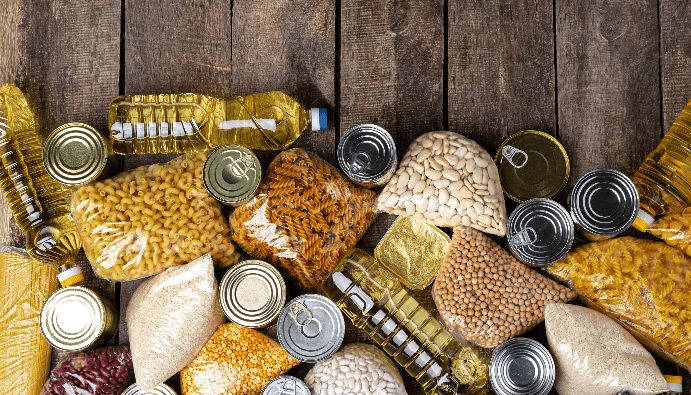
BLOG
KATEGORİDEKİ DİĞER YAZILAR

The presence of mineral oil hydrocarbons (MOSH/MOAH) in foods is an important issue for food safety and public health. MOSH (Mineral Oil Saturated Hydrocarbons) and MOAH (Mineral Oil Aromatic Hydrocarbons) represent the saturated and aromatic hydrocarbon components of mineral oils. These components, which can enter foods through packaging materials, environmental contamination or production processes, are scrutinized in food safety analyses due to their potential health risks.
Accurately determining the level of contamination of these components is an important step in reducing long-term health risks in food.
Mineral Oil Hydrocarbons are chemical compounds produced mainly from crude oil, but also synthetically from coal, natural gas and biomass. Mineral oil saturated hydrocarbons (MOSH) and mineral oil aromatic hydrocarbons (MOAH) belong to the mineral oil hydrocarbon group. Mineral oil saturated hydrocarbons (MOSH) include open chain and cyclic hydrocarbons, while mineral oil aromatic hydrocarbons (MOAH) are highly alkylated mono- and/or poly-aromatic hydrocarbons.
MOSH and MOAH can be found in food oils such as sunflower oil, vegetable oils, other edible oils and fats, rice, pasta, cereals, deep-frozen foods, bakery products and many other processed food products.
Foodstuffs, food additives, adhesives, ink used in printers, hydraulic oils, exhaust gases can cause MOSH and MOAH contamination.
MOAH, which can act as genotoxic carcinogens and damage DNA, the genetic material of cells and cause cancer, and MOSH, which can cause health problems as it accumulates in the liver and lymphoid system, should not exceed the specified limits in foods.
Nanolab Laboratories Group continues to provide services within the scope of MOSH/MOAH Analysis in Food. We also provide services in the Determination of Boric Acid in Food.
Contact us for more information.
You can follow us on LinkedIn for up-to-date news and posts about our services.
Follow our Instagram account to be informed about our latest blog posts.